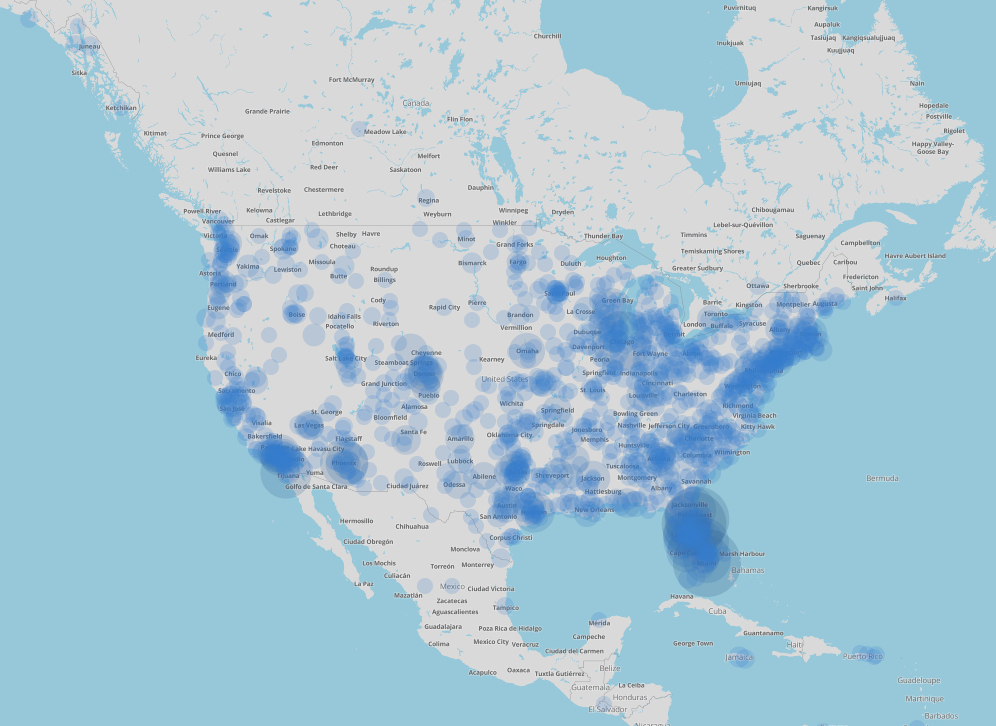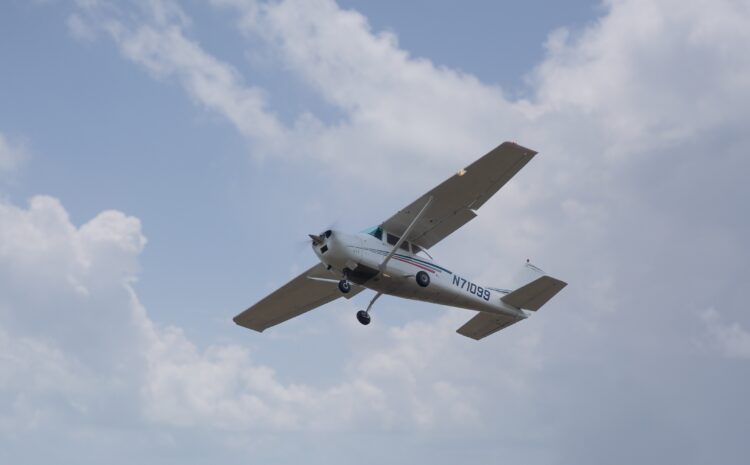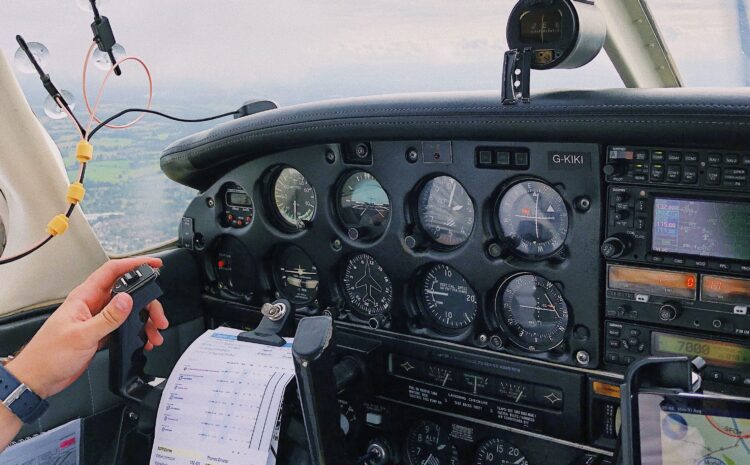
4 Factors that driving General Aviation Safety
Over the past 40 years, the general aviation industry has made significant strides in improving safety. From technological advancements to regulatory changes, the industry has seen a positive trend in decreasing accident rates. Here are four examples.
Technological Advancements:
have also played a role in improving general aviation safety. The development of advanced avionics systems, such as GPS and synthetic vision, has increased situational awareness and reduced the likelihood of accidents due to pilot error. Additionally, the use of airbags and other safety features in general aviation aircraft has become more common, providing an additional layer of protection for occupants in the event of a crash.
FAA’s Safety Management System (SMS):
One contributing factor that has improved general aviation safety is the implementation of the FAA’s Safety Management System (SMS) in 2015. The SMS requires operators to identify potential hazards and risks, and then develop and implement processes to mitigate those risks. This proactive approach to safety has contributed to a decrease in accidents.
Pilot training and education:
The FAA’s Airman Certification Standards (ACS) were implemented in 2016, providing a more comprehensive and standardized approach to pilot training and evaluation. This has helped ensure that pilots are properly trained and prepared to handle a variety of scenarios.
Data and Analytics:
Another trend in general aviation safety is the increased use of data and analytics to identify potential safety issues. The FAA’s Aviation Safety Information Analysis and Sharing (ASIAS) program collects and analyzes data from various sources, including airlines and general aviation operators, to identify safety trends and develop strategies to mitigate risks.
Despite these improvements, there are still challenges facing the general aviation industry. Aviators Direct aims to help lead in risk mitigation through improved data, pilot safety awareness, encouraging proficiency training, and more.











